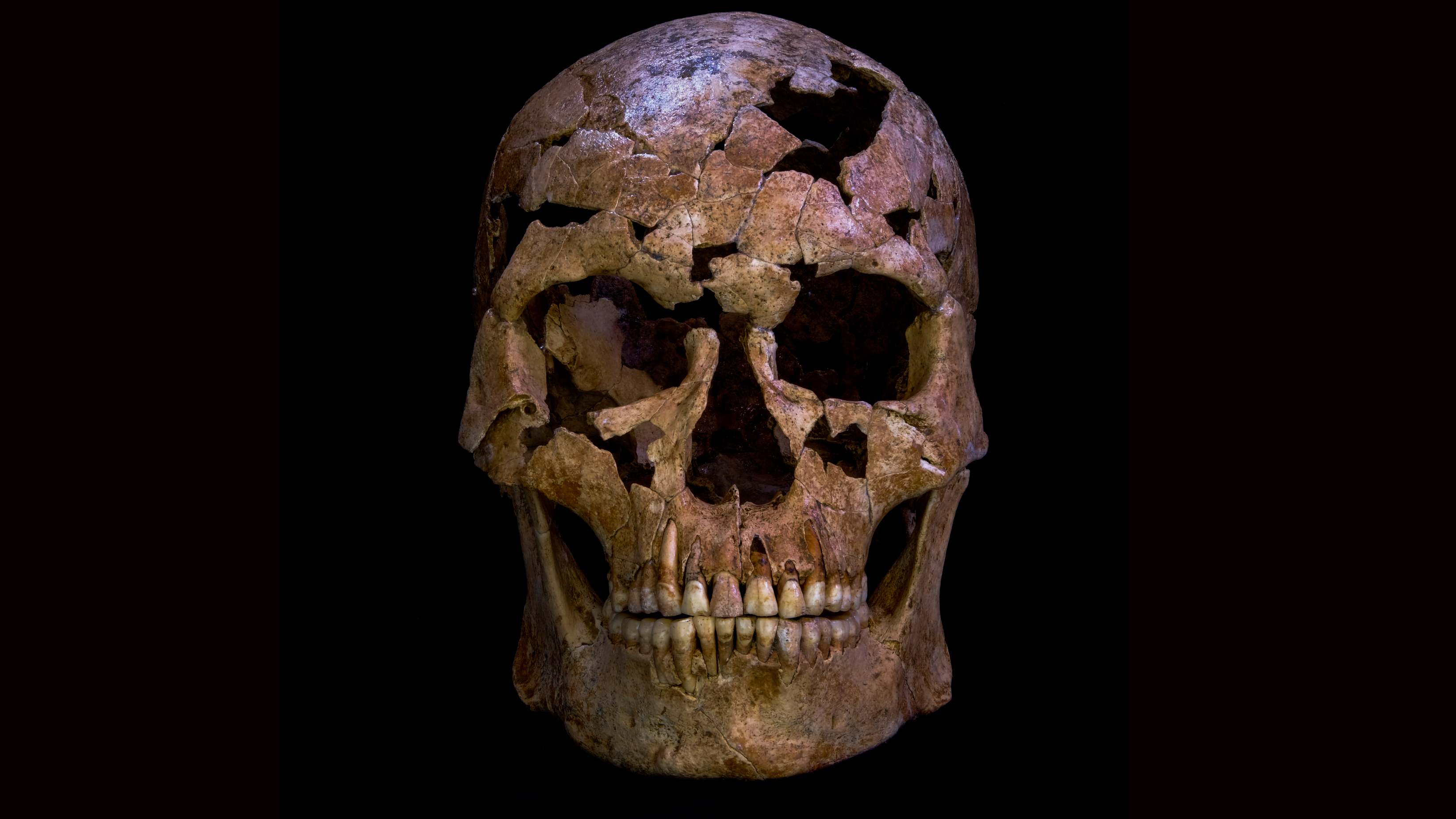
The genome of a primitive fish that was once thought to have died when the dinosaurs did has now been sequenced by scientists — and when put into mice, some of the fish DNA caused mice to sprout limbs.
The new analysis, described today (April 17) in the journal Nature, could help to reveal how primitive fish swapped their fins for limbs when they moved from land to sea.
The fish, called a coelacanth, seems to carry snippets of DNA that can turn on genes that code for forelimbs and hind limbs in mice. The new discovery could shed light on how four-legged creatures, called tetrapods, evolved. [Image Gallery: The Freakiest Fish]
"It really is a cornerstone from which we can view tetrapod evolution," said study co-author Chris Amemiya, a geneticist at the Benaroya Research Institute in Seattle, Wash.
Living fossil
The coelacanth was once thought to have gone extinct about 70 million years ago, roughly around the time dinosaurs vanished. But in 1938, a fish trawler brought a bluish-purple, 3.3-foot-long (1 meter) fish with fleshy fins to the South African naturalist Marjorie Courtenay-Latimer. It turned out to be an African coelacanth.

Over the next several decades, scientists unearthed a few hundred of the elusive creatures living around the Comoros Islands in the Indian Ocean, as well as off parts of Indonesia.
Get the world’s most fascinating discoveries delivered straight to your inbox.
The coelacanth intrigued scientists because it was a kind of "living fossil": It had changed so little over the last 400 million years that it might reveal how fish first grew limbs and walked on land.
Deepening the mystery, other research showed that fish, mice and other animals carry many of the same genes. But in fish, those genes code for fins, whereas in land-based animals, they create limbs.
Mysterious genes
Because the fish were so endangered, it was difficult to study their body plan in detail. But Amemiya and his colleagues managed to get tissue samples from a coelacanth from the Comoros Islands.
Using that tissue, the team sequenced the primitive fish's genome and analyzed it. They found a small snippet of DNA called an enhancer that was present in both coelacanths and four-legged creatures, but missing in other fish.
The enhancer was part of the "dark matter" of the genome — the large fraction of the genome that doesn't code for proteins, but somehow turns genes on and off.
When they put the DNA snippet into mice, it seemed to turn on the genes to make the forelimbs and hind limbs in mice, Amemiya told LiveScience.
Limb beginnings
The coelacanth's genome may harbor many more secrets to the evolution of limbs, said Nancy Manley, a developmental geneticist at the University of Georgia, who was not involved in the study.
"The genome really sets a path forward for the next 10 or 20 years," said Scott Edwards, an evolutionary biologist at Harvard University, who was not involved in the study.
But coelacanths aren't the only primitive fish that could shed light on limb evolution. Another bizarre fish called the lungfish may actually be more closely related to four-legged creatures, "so that's going to be an important species to look at," Edwards told LiveScience.
Follow Tia Ghose on Twitter @tiaghose. Follow LiveScience @livescience, Facebook & Google+. Original article on LiveScience.com.

Tia is the managing editor and was previously a senior writer for Live Science. Her work has appeared in Scientific American, Wired.com and other outlets. She holds a master's degree in bioengineering from the University of Washington, a graduate certificate in science writing from UC Santa Cruz and a bachelor's degree in mechanical engineering from the University of Texas at Austin. Tia was part of a team at the Milwaukee Journal Sentinel that published the Empty Cradles series on preterm births, which won multiple awards, including the 2012 Casey Medal for Meritorious Journalism.
